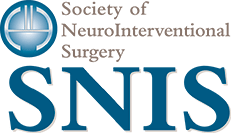How do I know if it’s a severe stroke?
Mild symptoms do not necessarily mean it’s a mild stroke. EMS need tools to make the best decision possible in real time.
That’s why we designed the free Stroke Scales for EMS app, which can help you assess stroke severity and make decisions quickly about where to take a patient.

